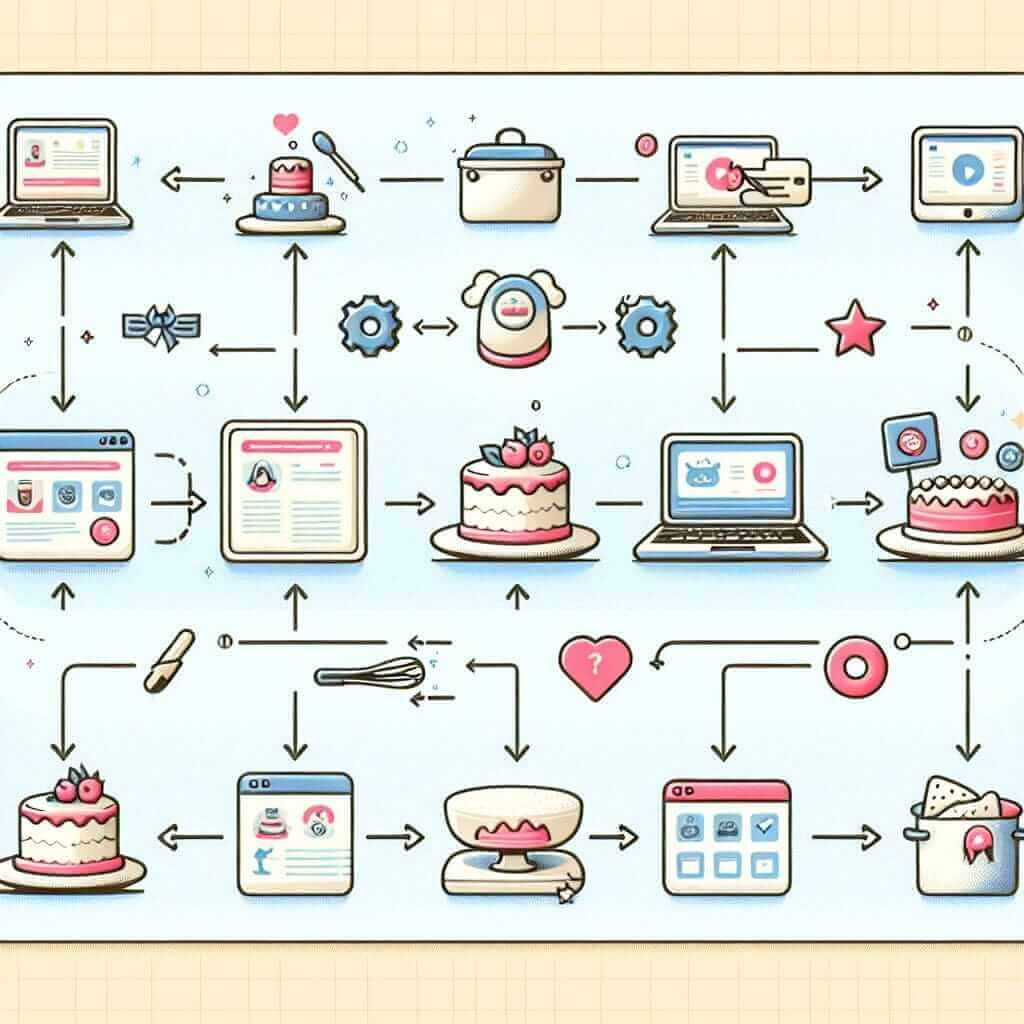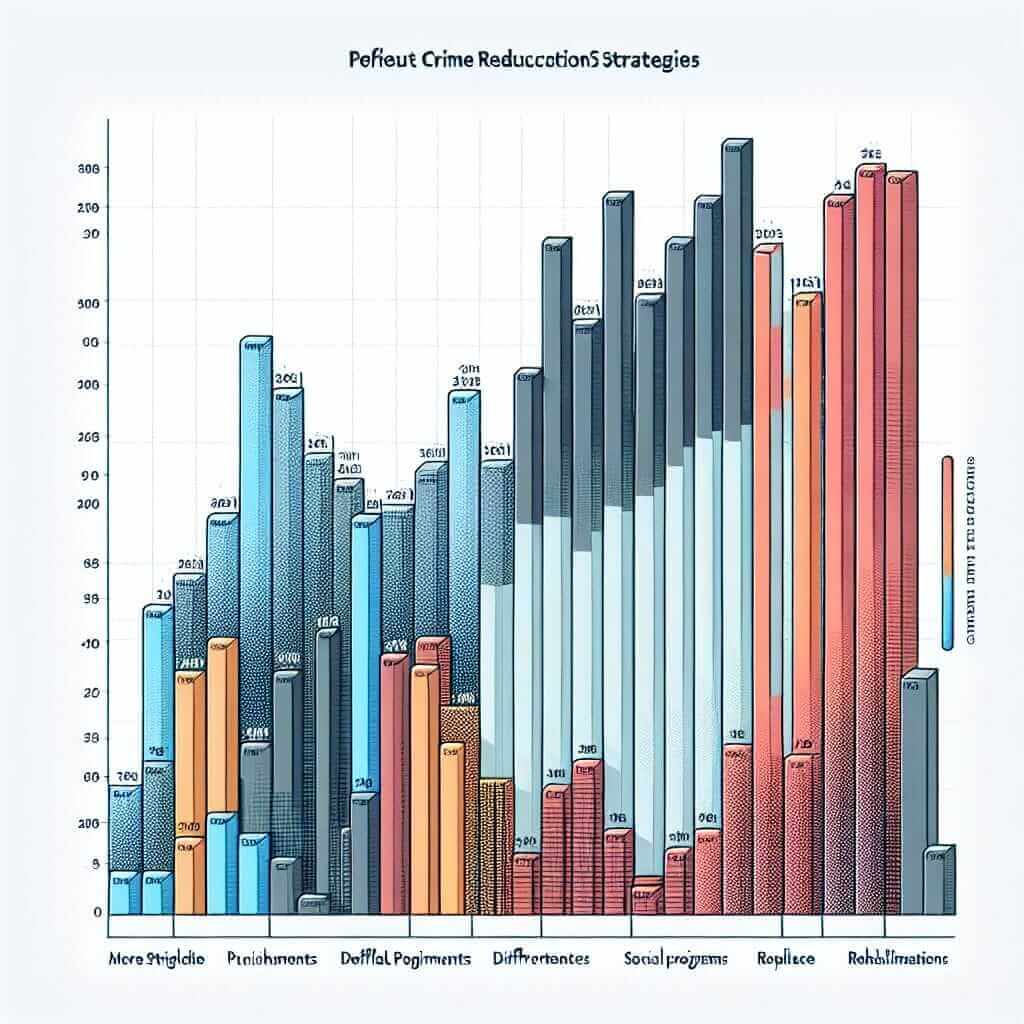As an IELTS instructor with over 20 years of experience, I often get asked by my students whether they should describe every element of a diagram in the IELTS Speaking Part 2. It’s a valid question, and understanding how to approach diagrams effectively can significantly impact your score.
Nội dung bài viết
Understanding the Task in IELTS Speaking Part 2
In the IELTS Speaking test, Part 2 requires you to speak about a given topic for 1-2 minutes. You might be presented with different visual aids, including diagrams, to guide your talk. While some candidates believe they must meticulously detail every aspect of a diagram, this isn’t always necessary or even beneficial.
When to Describe a Diagram
Describing a diagram can be helpful in IELTS Speaking Part 2 when:
- The diagram illustrates a process: If the image shows steps in a manufacturing process, a life cycle, or how something works, describing the stages chronologically can demonstrate your understanding and vocabulary related to sequencing.
- The diagram highlights key changes or comparisons: If the visual depicts data, trends, or differences between elements, describing these variations can showcase your ability to analyze and interpret information.
- The prompt specifically asks for a description: Pay close attention to the wording of the task. If it instructs you to “describe the diagram,” then a certain level of detail is expected.
When Not to Dwell on Diagram Description
While describing elements of a diagram can be useful, it shouldn’t consume your entire speaking time. Avoid extensive descriptions when:
- The diagram is simple and self-explanatory: If the visual is straightforward and easily understood, a brief overview is sufficient.
- Focusing on the diagram limits your response: Remember, the primary goal is to speak about the given topic. Don’t let the diagram hinder you from exploring other relevant aspects.
IELTS Speaking Part 2: Diagram Description Example
Let’s say the prompt is:
“Describe a time you learned something new. You should say:
- What you learned
- How you learned it
- Why you learned it
- And explain how you felt about learning this new thing.
And you are given this diagram:
< Learning to Bake Flowchart
Learning to Bake Flowchart
In this case, you can briefly mention the diagram: “As you can see in the diagram, baking a cake involves several steps…” and then focus on your personal experience of learning to bake, using the diagram as a springboard for your narrative, rather than a strict set of points to follow.
Tips for Effective Diagram Handling in IELTS Speaking
- Analyze the diagram quickly: Identify its purpose and key information.
- Prioritize your response: Decide if a detailed description is necessary or if a general overview suffices.
- Use appropriate vocabulary: Demonstrate your range of vocabulary related to describing visuals, such as trends, processes, and comparisons.
- Don’t panic if you don’t understand everything: Focus on what you can interpret and relate it back to the overall topic.
Conclusion
While describing a diagram can be helpful in IELTS Speaking Part 2, it’s crucial to strike a balance. Analyze the diagram, use it strategically to support your talk, and prioritize showcasing your fluency, vocabulary, and coherence. Remember, the aim is to demonstrate your overall English speaking abilities, not just your ability to describe a visual aid.


